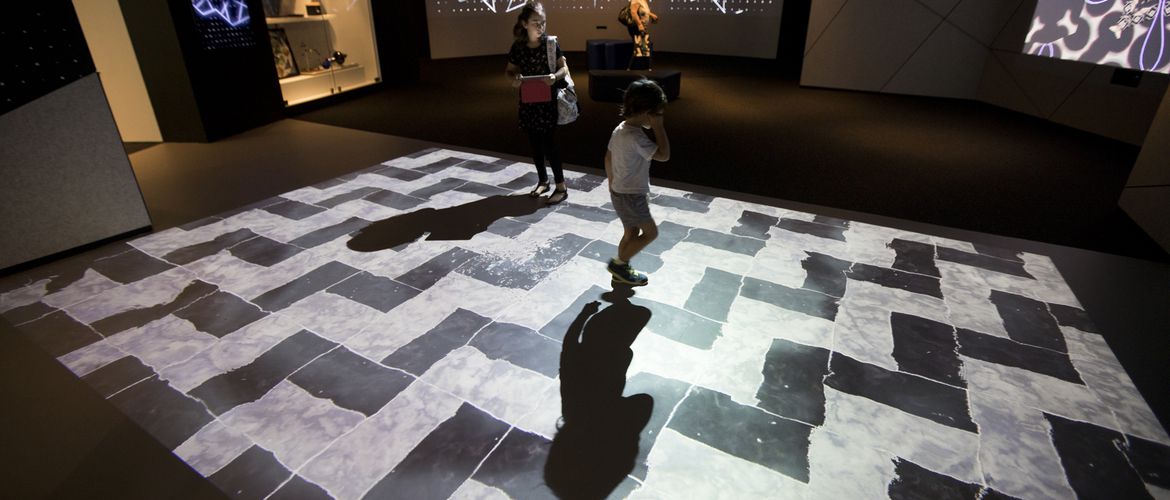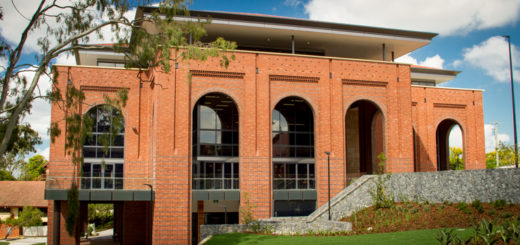Designing Learning at Museum of Applied Arts & Sciences

MAAS Research Symposium – Friday 8th March, 9-5pm. Livestreaming here.
The Museum of Applied Arts and Sciences is one of our partners and is holding a research symposium on 8th March aimed at teachers, museum educators and designers.
Taking the Sydney Design Festival’s theme of Accessing Design as a stimulus, this research symposium will discuss features and techniques that optimise learning in informal and formal learning spaces. The symposium will present the latest research from diverse perspectives and engage all participants in lively and active debate and conversation by bringing together a forum of thought-leaders and experts from design, architecture and education, as well as those involved in the Innovative Learning Environments and Teacher Change project. Over one day, through a rich series of talks, an education lab and practitioner’ insights, we will examine the spatial, ideological and pedagogic strategies of various flexible learning spaces.
This symposium is of critical interest to a wide range of stakeholders, at a time when education is increasingly called upon to provide a diverse and complex range of systemic responses to global, technological and economic transformations in order to prepare learners for the future. The majority of school learning spaces across Australia and New Zealand are “traditional” closed door, “teacher leading from the front” classrooms (ILETC) and 40% of all learners are disengaged from their learning (Grattan institute). For MAAS the conversation is crucial to our future, as we embark on our reinvention into a new location, community, and purpose-built museum featuring as yet unspecified “dedicated play areas and education labs devoted to science, technology, engineering, arts and mathematics .
The event will consider:
What factors are key to optimise learning within formal and informal settings?
How will learning space design enable public access of the MAAS collection and expertise for the next 50 years?
How might human-centred design support the future-proofing in public spaces designed for public engagement and learning?



